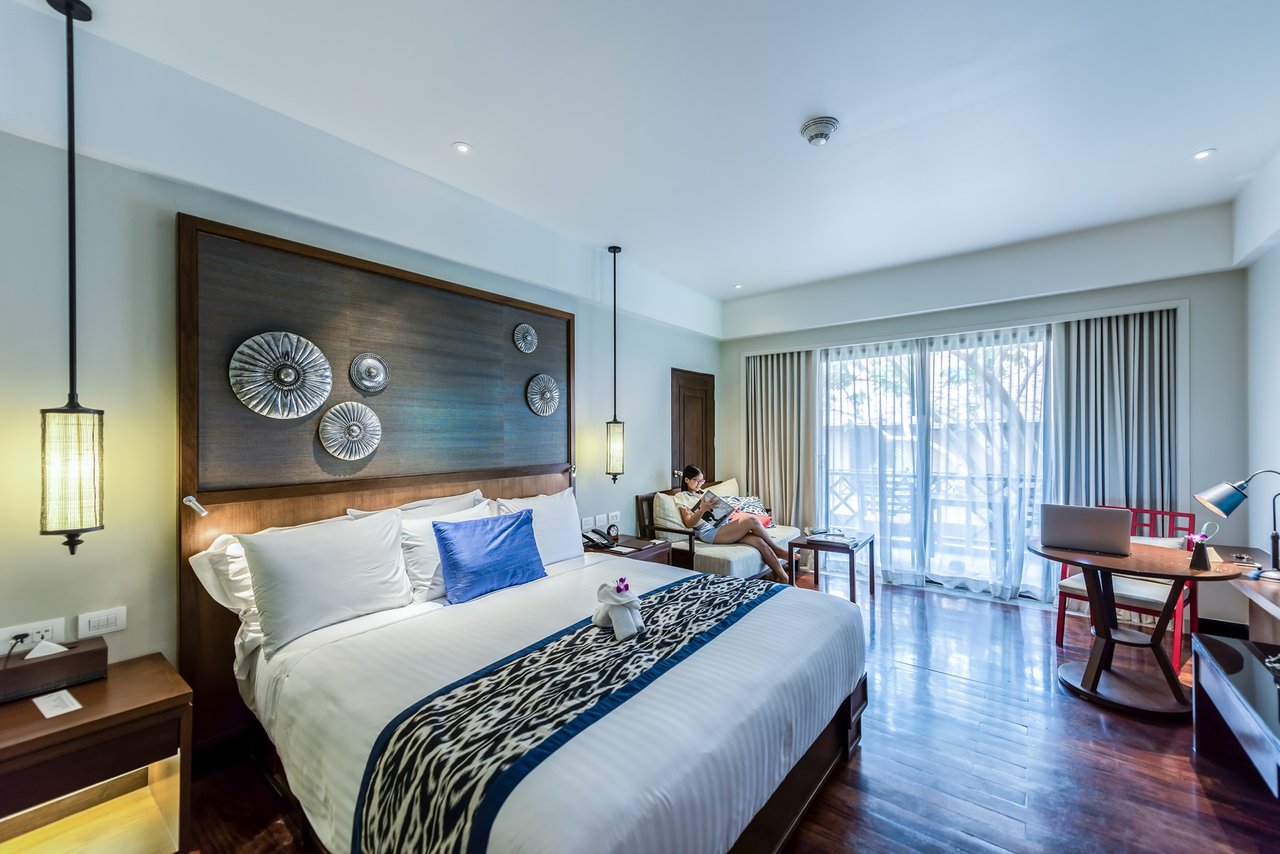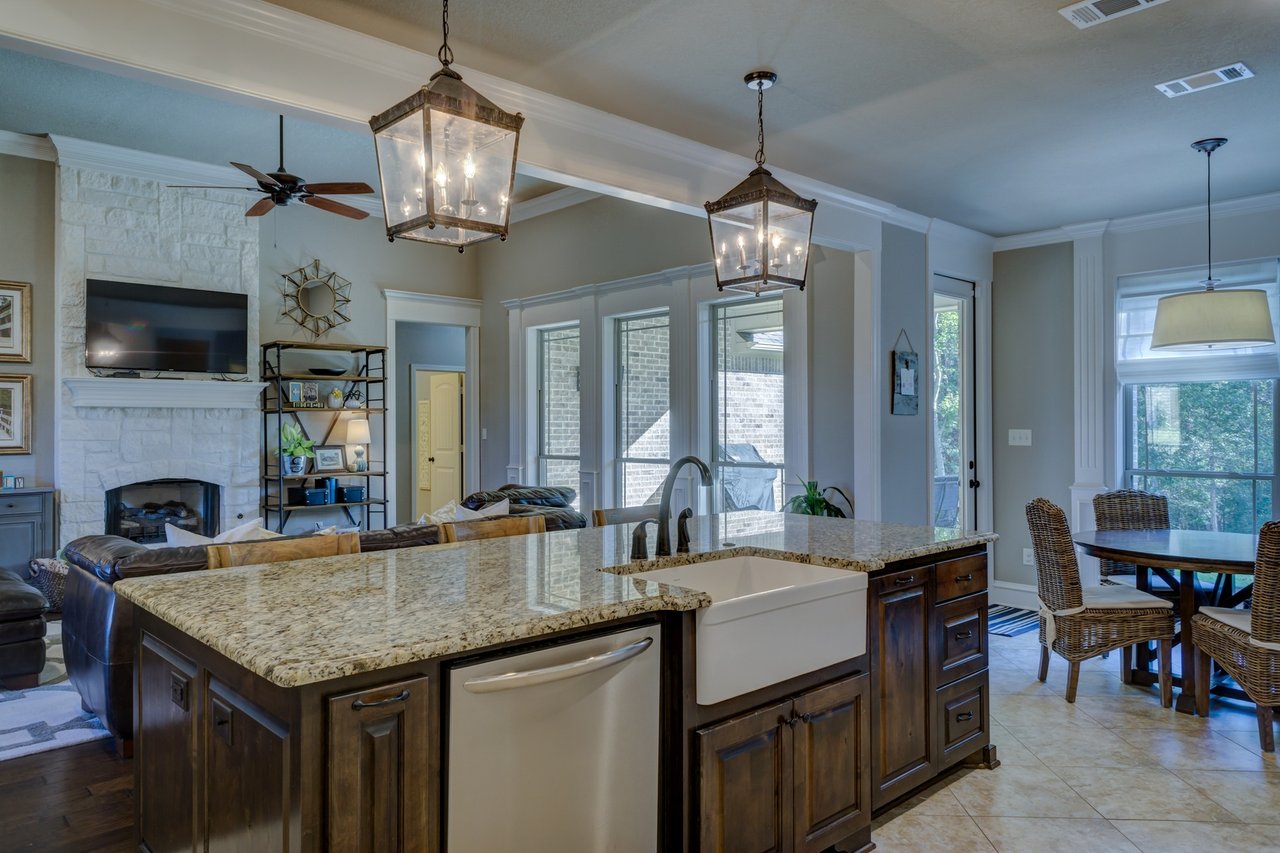Hello again to all photography and architecture lovers.
Today we are going to talk about how to photograph interiors, but before we start with this new chapter, I advise you to take a look at the two previous installments.
Interior photography can be considered as a speciality in its own right, within architectural photography. Here again, the two main parameters that we saw in exteriors apply:
- perspective correction
- the positioning of the camera with the sensor parallel to the wall or façade.
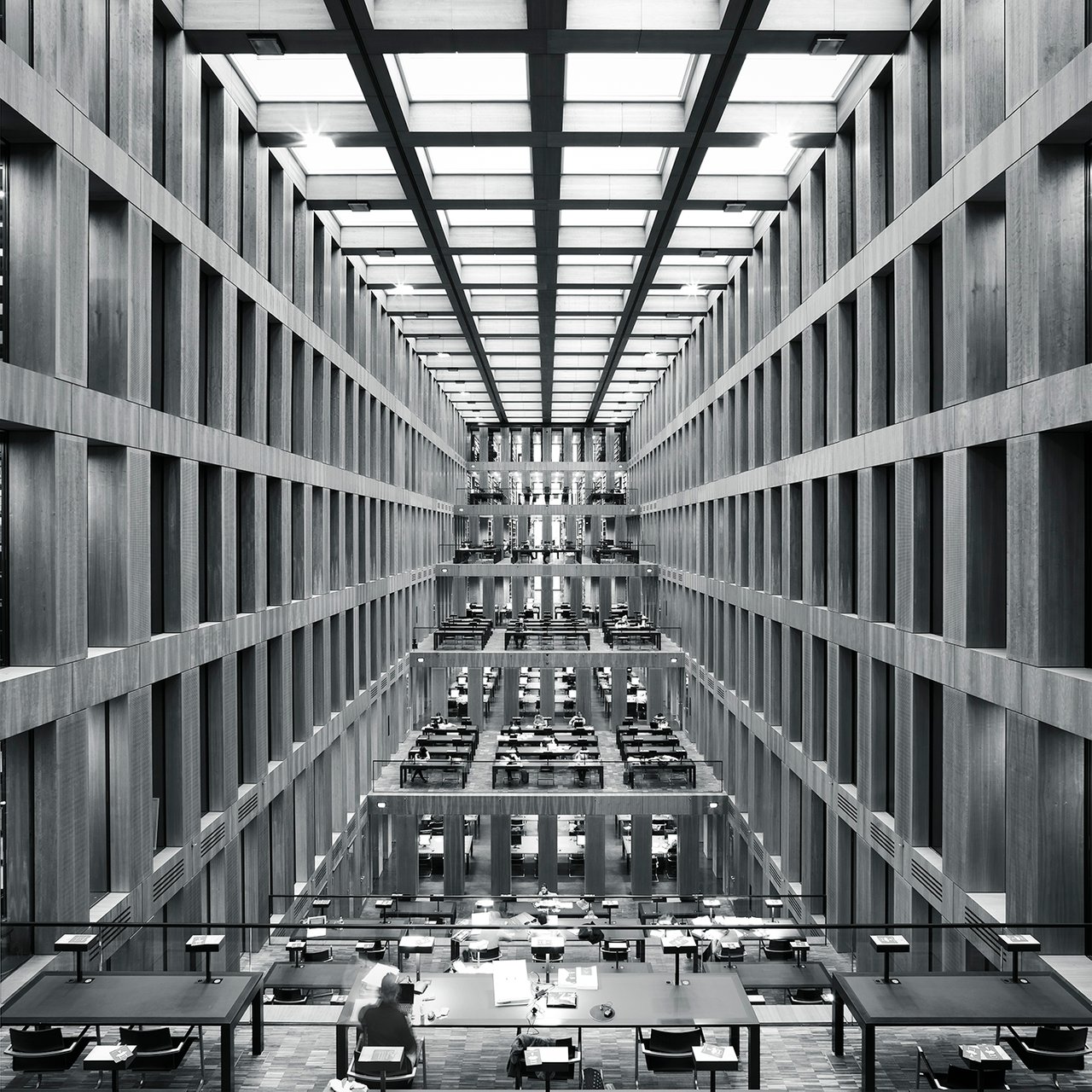
This shot of the Humbolt University Library in Berlin is a clear instance of the two rules mentioned before, perspective correction and camera and sensor completely parallel to the oposite wall.
But there are a few more things to bear in mind. The first is that interiors almost always have some kind of furniture, and those furniture or objects have a visual weight in the scene, with one main characteristic: they are all on the floor. There is no furniture hanging from the ceiling, or at least that is not the norm. Well, this furniture conditions the height at which we place the camera, and the camera should generally be placed at eye level in a seated position. Although it is not possible to generalize, in most cases this is the case.
This camera height is not very pleasing to the eye.
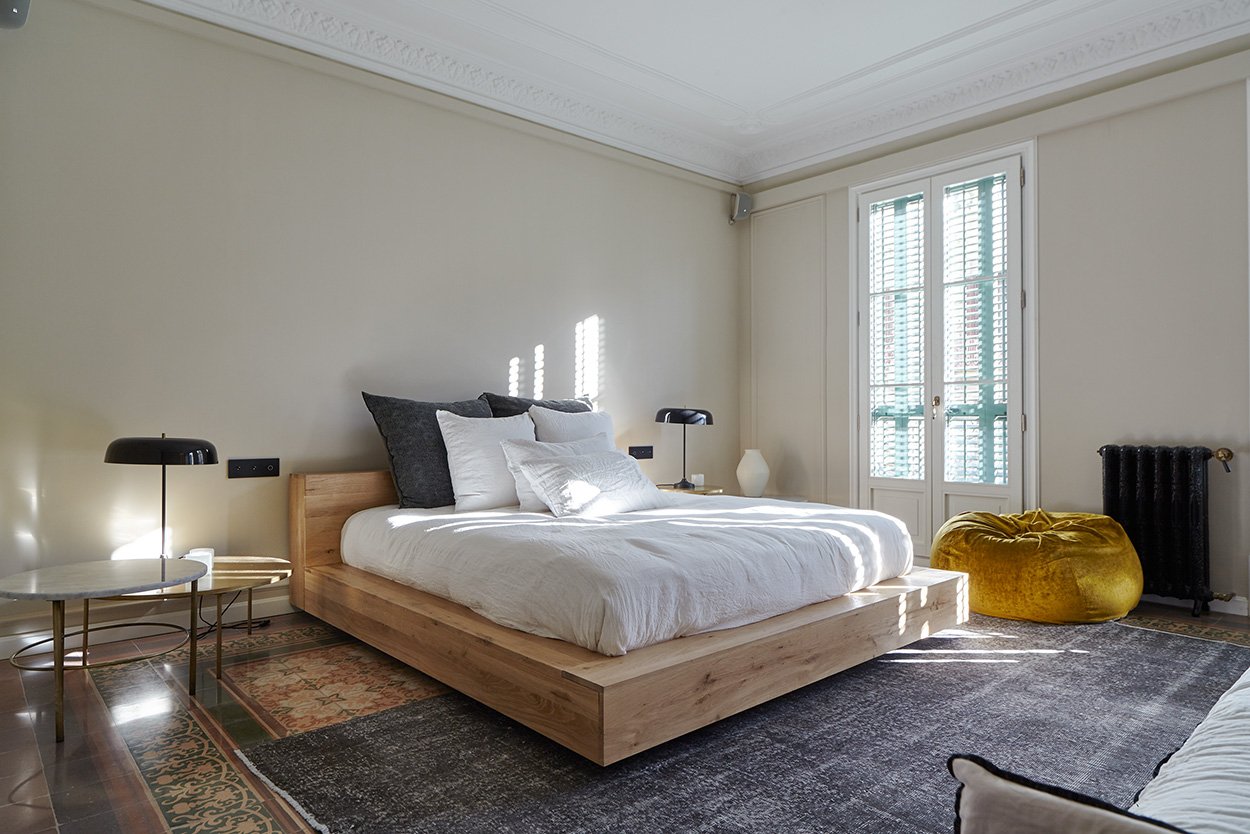
With the camera lower, almost at the height of the bed, the feeling is much more pleasant.
The exception is that when there are very high tables, the surface of the table should be slightly visible.
The height of the surface determines the height of the camera.
Another aspect to take into account is that sometimes we have to take oblique or diagonal shots of the space and we cannot place the camera parallel to the back wall. In these cases it is advisable that the corner of the room is not centred in the frame and another solution is to look for a visual line that guides the gaze towards other parts of the house or space.
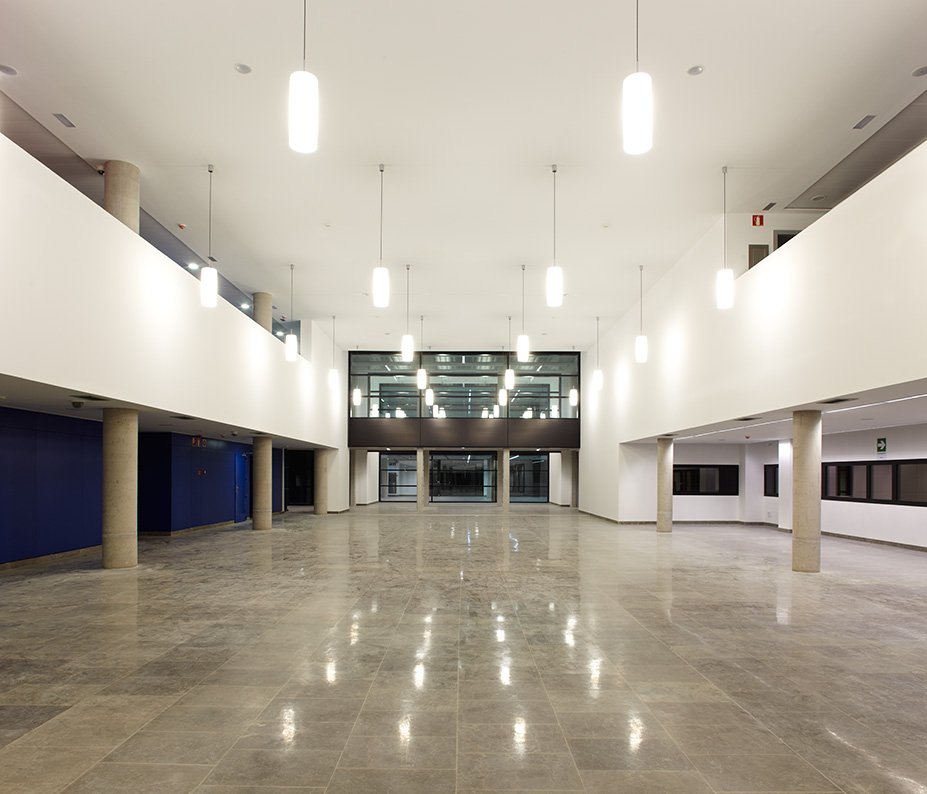
Instance of parallelism with the oposite wall.
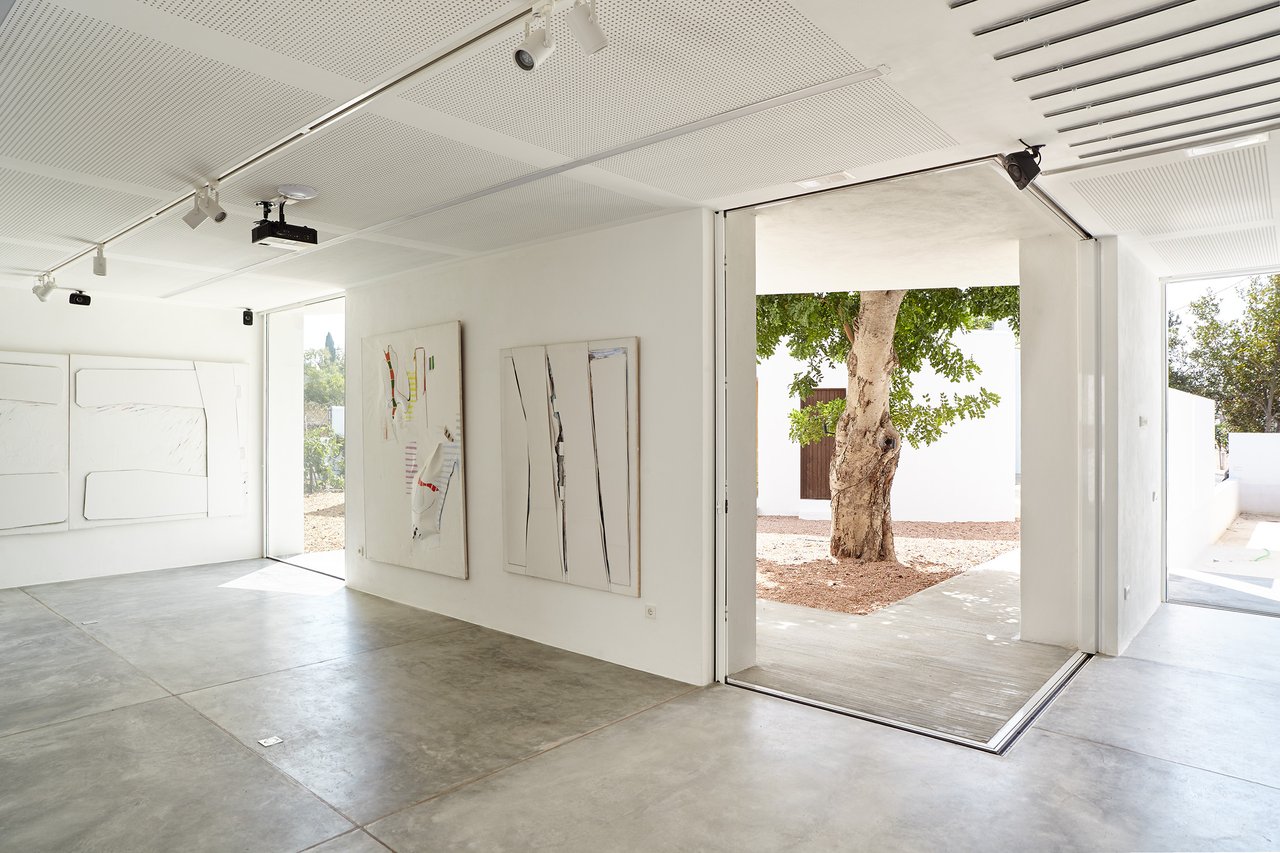
Example of an off-centre oblique shot where the angle that divides the space, is placed on the right.
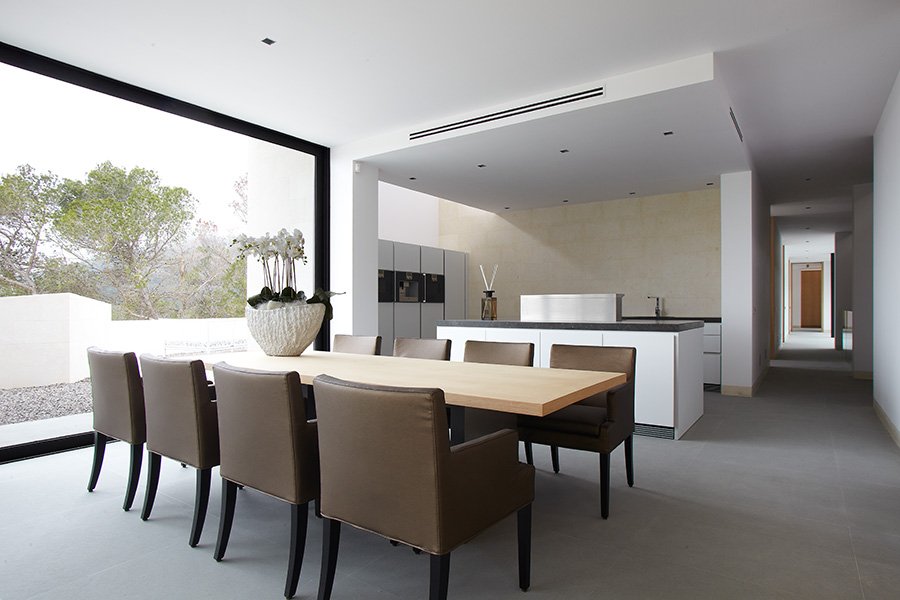
In this oblique shot, a visual exit was sought that gives it more depth.
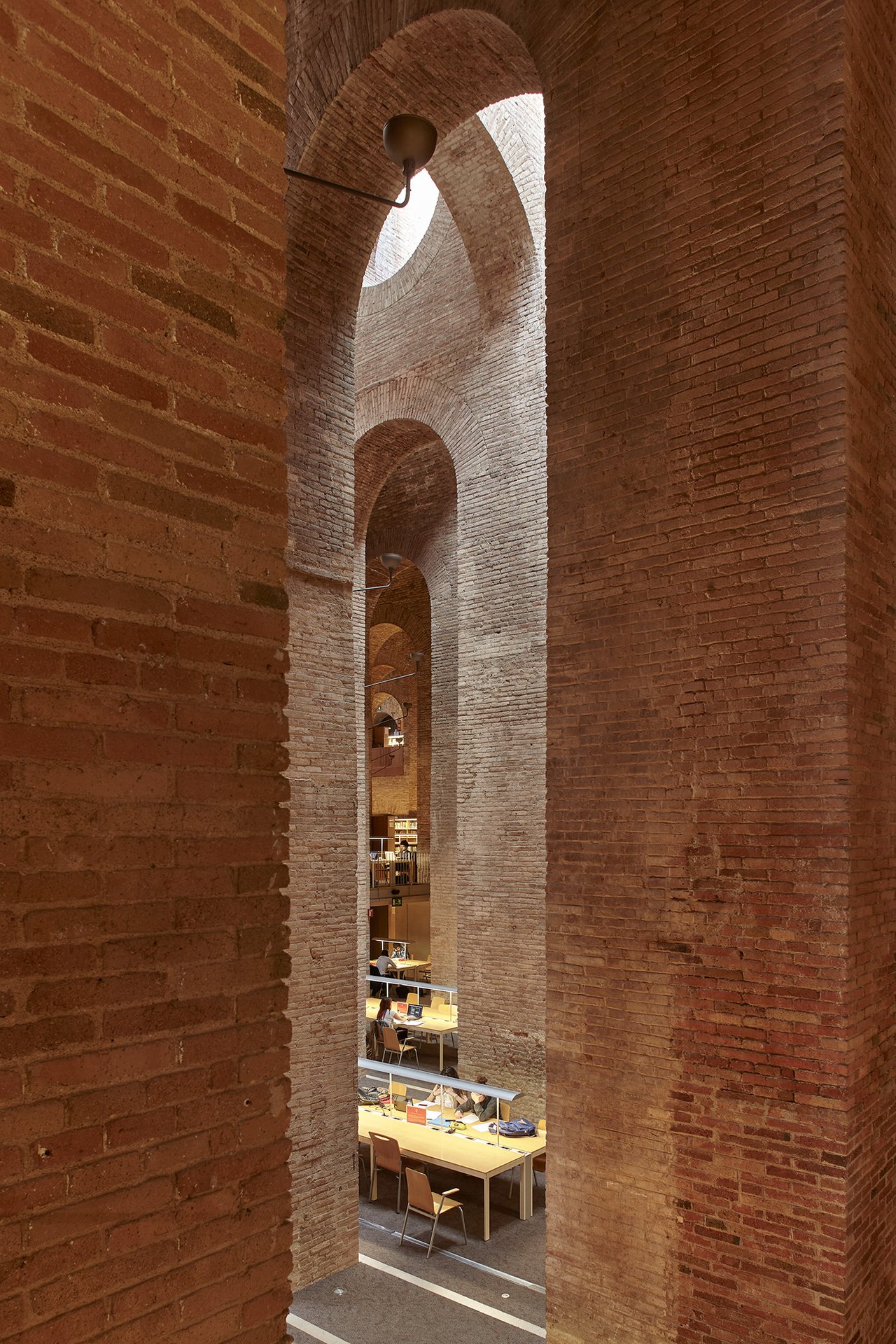
Another oblique shot, this time centred, but in which the visual output exerts a great attraction.
These two rules are perfectly feasible so that photos can be taken with any type of device, camera, mobile phone, tablet, etc.... But there is a third value that is used a lot in interior photography, which is very difficult to do if you don't have a camera and a tripod. And it is the double exposure, which is done when we want the exterior and the interior to come out with the correct light for each of them. We must take into account that if we take a photo indoors, the windows or doors facing outdoors will be "burnt", as there is much more light outside, remember that the human eye compensates for the difference in light, the sensor cannot do it. Then we have no other solution than to take two photographs, one for the exterior and one for the interior and then join them together in the editing programme. But remember it can't be done without a tripod.
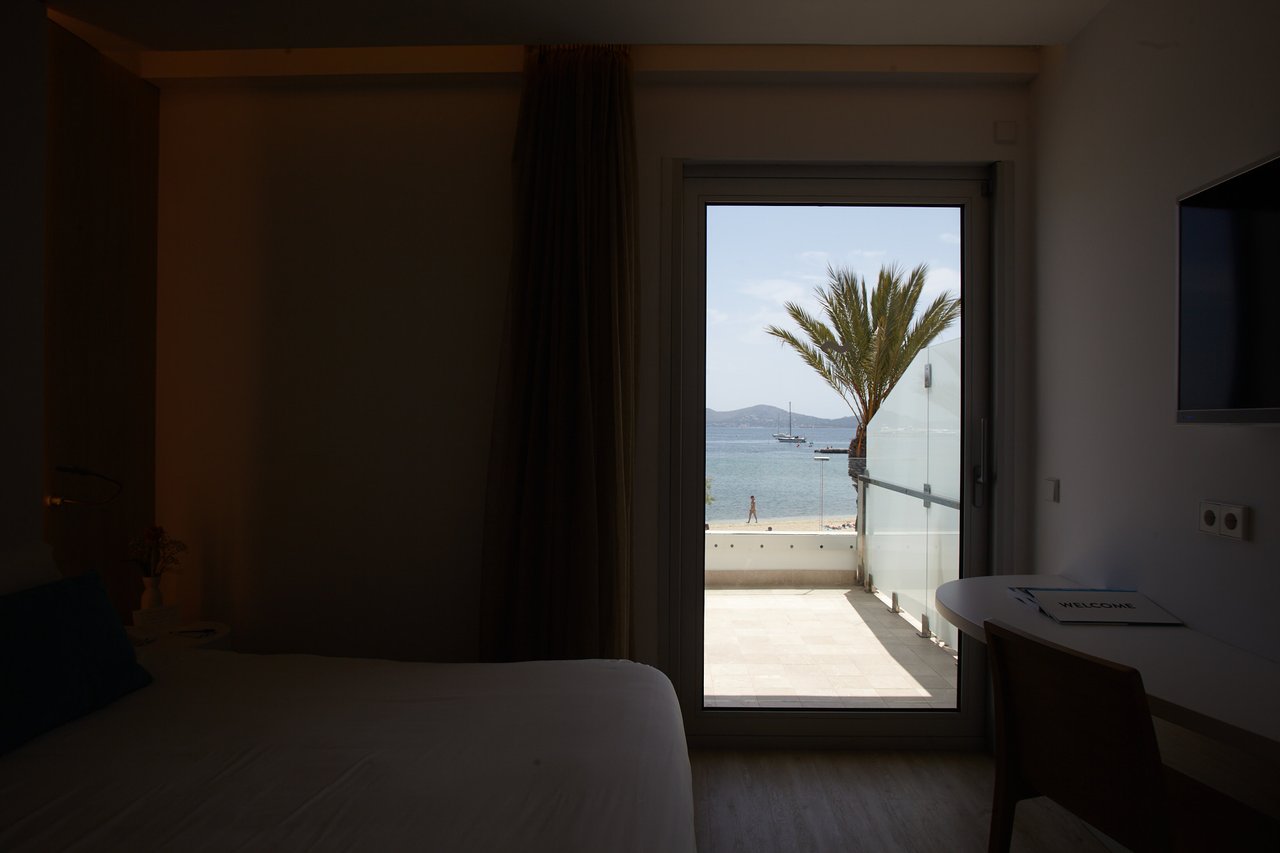
This shot is for the right exposure to the outside view
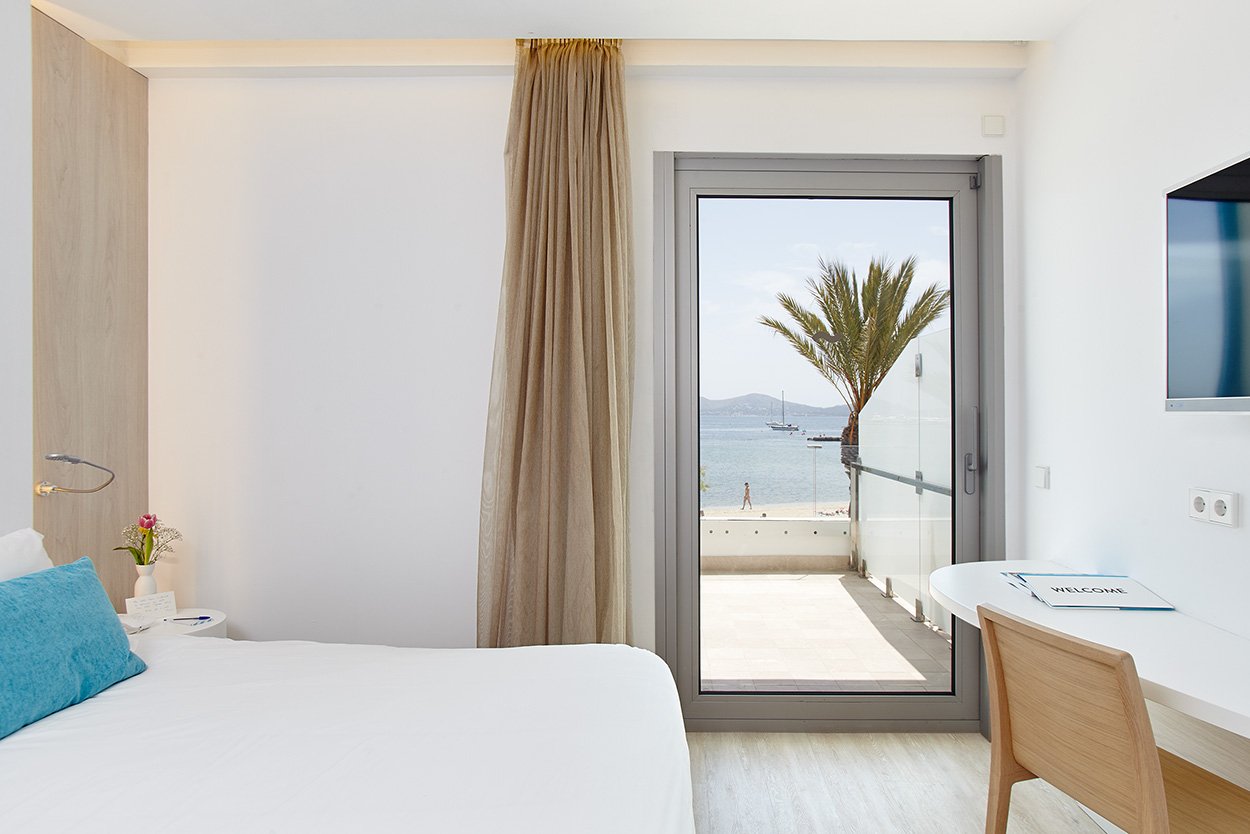
This is the final shot with the two parts, interior and exterior, correctly exposed.
I think that with these basic tips our interior photos of buildings and houses can be quite attractive. It only rest to practice, practice and more practice.
Of course there are many aspects of architectural photography that have been left out, there is not enough space in a post to summarize what is a speciality like this, but we will try to keep evolving the topic.
And that's all for today. I hope these tips will be useful and that some of you will be able to apply them to your photos of buildings and interiors.
Thanks to @xpilar and moderator @stef1 for giving me the opportunity to publish these articles.
If you are interested, feel free to ask your questions.
Unless stated otherwise, all the pictures and the words are mine.
Do not use this images without my written permission.
Thanks for stopping by and taking a look.
Camera: Canon EOS 5 Mk II and MkIII
Lens: Carl Zeiss 21 f:2.8, Canon 16-35 f:2.8 and Canon 24Ts f:3.5
Processed with Capture One

